
Can cavities in dogs be changed
If you’re a new dog parent in the US—maybe you just adopted a fluffy Lab puppy or a sweet senior Poodle—you’ve probably noticed little things like bad breath or red gums and wondered
If you’re a new dog owner in California staring at your 8-month-old Golden Retriever’s dry, brittle fur—left frizzy after a day at the beach—or a first-timer in Ohio fretting over your Bichon Frise’s matted paws, you’ve probably wondered: “Is coconut oil safe for my dog’s fur?” It’s one of the most popular “natural grooming” questions I get from U.S. pet parents, and the short answer is yes—when used right. Let’s break down why coconut oil works, how to use it without a mess, and what U.S. rules and kind care mean for you and your pup.
First, the simple science: Coconut oil is packed with medium-chain fatty acids (MCFAs), which are gentle on dog skin and fur. These fats sink into the hair’s outer layer (called the cuticle) to smooth dry, rough strands—think of it like a drink of water for your dog’s fur. It also helps loosen small tangles and adds a soft shine without harsh chemicals. But here’s the catch: Too much coconut oil can make fur greasy, attract dirt, or even upset your dog’s stomach if they lick too much (vets in Texas and New York warn against overdoing it, especially for pups prone to diarrhea). My client in Oregon learned this with her Rescue Pit Bull: She slathered on too much oil, and his short coat got so sticky he tracked dirt all over her couch—cutting back to a tiny amount fixed it.
Using coconut oil on your dog’s fur is easy, but it needs to be done calmly—pair it with positive training to keep your pup relaxed. First, pick the right product: Look for unrefined, cold-pressed coconut oil (it’s the most natural, with no added chemicals). A client in Illinois swears by a jar she finds at her local grocery store—her Shih Tzu loves the subtle coconut scent. Here’s how to apply it: If the oil is solid (common in cool climates like Minnesota), warm a small amount between your palms (or submerge the jar in warm water for 30 seconds) until it melts. Start with a tiny dose—1 teaspoon for 10-pound dogs, 2 teaspoons for 50-pound dogs. Gently rub it into dry or tangled areas (like your Golden’s tail or Bichon’s ears), but never put it near their eyes or nose (it can irritate them). If your dog tries to lick the oil, say “good stay” and offer a freeze-dried chicken treat—this teaches them to sit still. My Colorado client used this trick with her skittish Rescue Lab: Now he wags his tail when he sees the coconut oil jar, knowing a snack is coming.
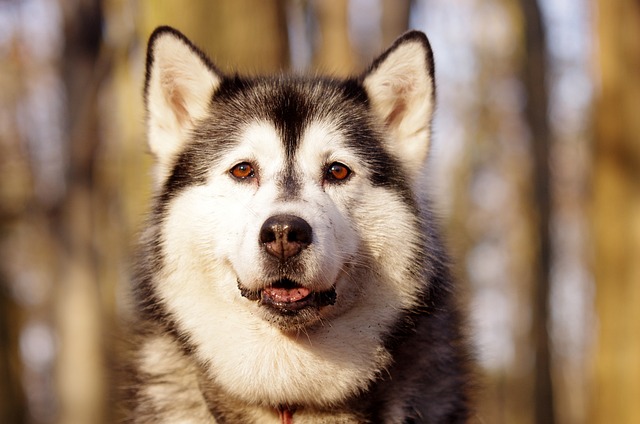
Now, let’s cover U.S. rules and daily life. First, compliance: Every state requires rabies vaccines, but if your dog has skin issues (like allergies) that you’re trying to fix with coconut oil, cities like Chicago and Seattle mandate a vet check first—skipping this could mean missing an underlying problem, which might violate local “responsible pet owner” laws. On culture: Never hold your dog down or yell if they squirm while you apply oil—physical punishment breaks trust. If they pull away, pause, give a treat, and try again later—positive reinforcement is how we build confidence here.
For apartment living: Apply coconut oil in a easy-to-clean area (like your bathroom floor) to avoid greasy stains on couches or carpets. And community rules: Always carry poop bags on walks (New York City fines up to $300 for forgetting!)—even if your dog’s fur is soft from coconut oil, this is non-negotiable for U.S. pet owners. If you take your pup to a dog park after applying oil, wipe their paws lightly first—greasy paws can slip on concrete, and no one wants a messy playdate.
Coconut oil isn’t a “magic fix,” but it’s a safe, natural way to keep your dog’s fur healthy—when used in moderation. Grab that jar, a handful of treats, and take it slow. Your pup’s soft, shiny coat (and your clean couch) will thank you.

If you’re a new dog parent in the US—maybe you just adopted a fluffy Lab puppy or a sweet senior Poodle—you’ve probably noticed little things like bad breath or red gums and wondered
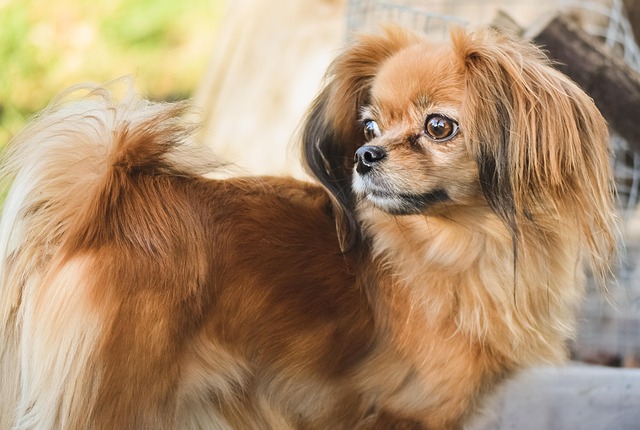
If you’re a new dog parent in the US—say, you just brought home a wiggly Golden Retriever puppy or a calm senior Chihuahua—you’ve probably stared at the
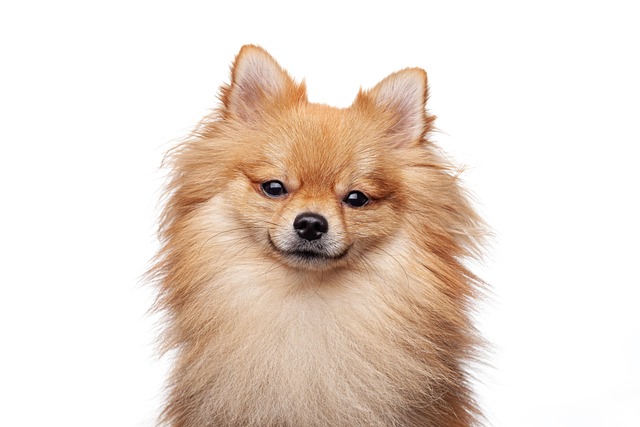
Pomeranians are tiny balls of energy—but those fluffy coats can hide extra pounds that creep on fast, especially if they’re spoiled with too many treats or short walks.

Most German Shepherd owners agree the trickiest phase hits between 6 and 18 months—this is when your cute pup turns into a rebellious teen.
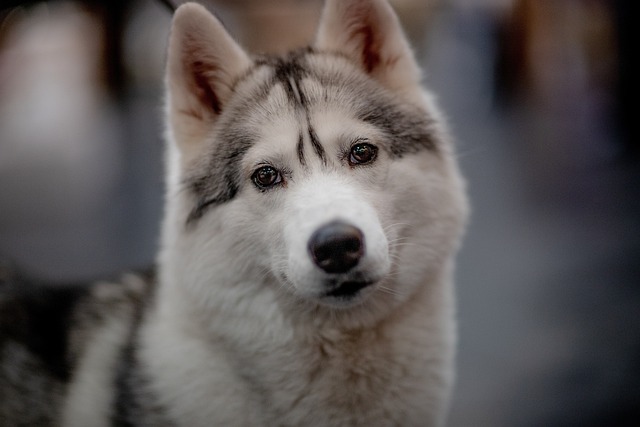
Watching your dog zoom around the living room at 8 PM, knocking over cushions and ignoring your calls, can leave you feeling frustrated—especially when you just want to wind down.
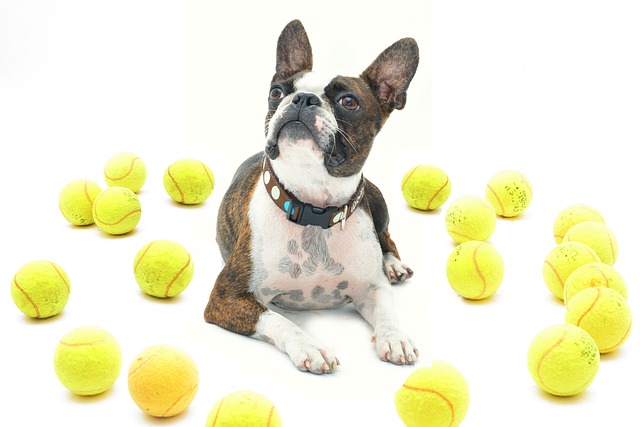
Coming home from the vet with a groggy pup who just had a tooth pulled can leave even experienced dog owners feeling unsure where to start.